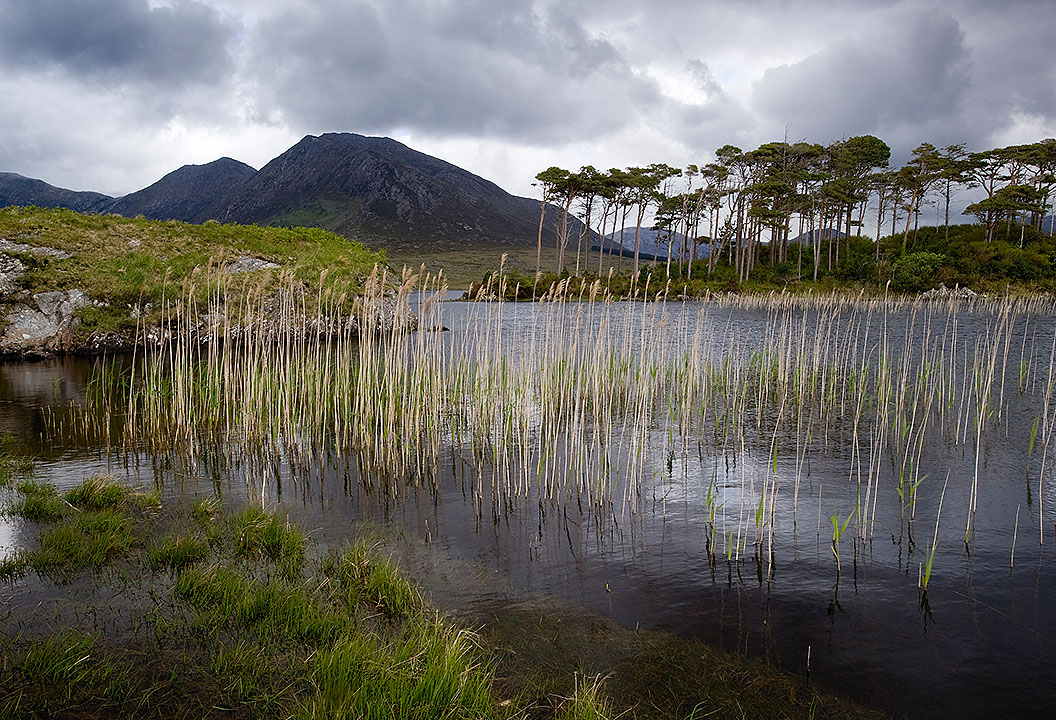Tying a Shrimp Pattern for the Northeast
Dreary day. Once again I’m stuck inside. And once again I ended up behind the tying vise. Oh well might as well get something done. Right?
This time we’ll talk about imitating shrimp. There are two types found in nearshore waters along the New England coast. The grass shrimp and the sand shrimp. The grass shrimp is the more common of the two, but both are abundant. It is found in salt ponds, marshes, estuaries, often preferring to live in vegetation such as seaweed or eelgrass. The sand shrimp lives in the same locations, but is a bit more nocturnal by nature. Both are roughly the same size ranging from an 1′ to almost 3″. (hook sizes 1-4#). And both are pale colored leaning toward grey. Given those similarities fly tiers can treat them as one and the same critter.

Attractor Style Shrimp

Realistic Style Shrimp
As you see, I have two patterns for you – an attractor for discolored water and a realistic fly for clear. Let’s start with the attractor. The material list is as follows. (I”ll list materials for the realistic shrimp at the end of the post.) Size 1# stainless steel hook, white thread, tan Pseudo Hair, neon rubber legs. Tan colored Crystal Chenille. And some mono shrimp eyes. (These tend to be overpriced , especially the Enrico Puglisi Brand. But you can make your own. There are videos on the subject on Youtube. And I wouldn’t be afraid to substitute black bead chain eyes.)

Cut a 2.5″ piece of Pseudo Hair. Tie the blunt cut end directly behind the hook eye, allowing it to hang over a little. This becomes the shrimp’s tail. Then lash the remaining hair along the shank so the pointed ends of the hair extend over the bend. No need to get fussy here. You can trim later. Tie an eye of your choice on both sides of the hook. I have orange ones on hand, but other colors will work just fine. Put a drop of super glue on the eyes to hold them securely. Trim the mono ends.

Now add the rubber legs to both sides of the hook. Three legs per side should do the trick. You can use any color rubber legs you like. I’m using a color called Fire Tiger to jazz things up. I want the fly to be visible even in stained waters. Afterall, that’s the beauty of attractor patterns. They can be quickly seen.

For the final step, take a 5″ piece of the Crystal Chenille. Strip one end to expose a small bit of the underlying thread core. Tie this core to the hook near the shrimp eyes. Wrap the chenille forward toward the eye and secure it. Apply head cement. Trim the Pseudo hair and bingo you’re in business.
Okay let’s look at the realistic shrimp. Obviously everything is toned down. The rubber legs are pale green this time. The body is 30 pound mono covered with clear UV acrylic. And in this case I opted to add a lead dumbbell. Your choice. Why? The dumbbell is useful in deeper location as shrimp often hang near the bottom. A floating pattern might come in handy too. Why? At night, sand shrimp can drift on top in the current. Stripers love to rise up and softly “pop” them.


























